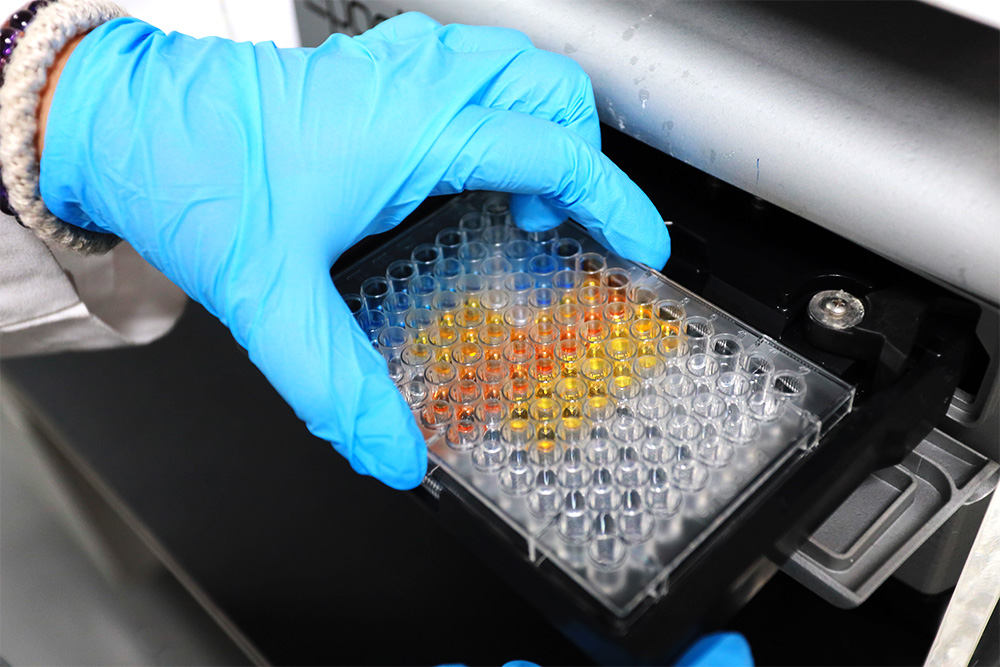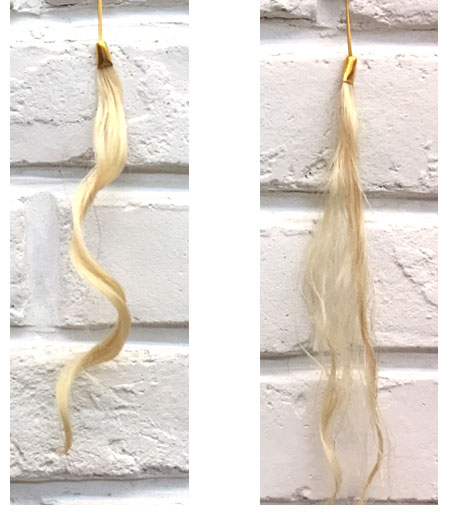Spotlight
Unexpected Ingredients for Enhancing Beauty Products: Geothermal Bacterial Byproducts
As consumers become more environmentally conscious, the demand for sustainable and eco-friendly options in the beauty industry has seen a significant rise. ITRI’s geothermal bio-ingredients offer an environmentally-conscious beauty solution that addresses this need. The incorporation of geothermal bacterial byproducts in hair and skincare products has proven to greatly enhance their penetration and absorption rates, reducing the reliance on synthetic chemicals that can be harmful to both humans and the environment.

The geothermal bacterial byproduct is an effective natural ingredient for hair and skincare products and has displayed great potential for wide application.
During ITRI’s geothermal research trips along Taiwan’s east coast, including Taitung and Green Island, the research team stumbled upon an unexpected discovery that sparked the idea that the key to improving beauty products may lie in the hot springs.“We isolated more than 10 strains of thermophilic bacteria from these high-temperature environments. Among those, one strain stood out, producing byproducts with keratinase activity capable of breaking down the major proteins that constitute our hair and outer skin layer. It is also this protein that poses a barrier to the absorption of hair and skincare products,” revealed Dr. Chieh-Lun Cheng, a researcher at ITRI’s Green Energy and Environment Research Laboratories.
Recognizing the limitations of existing products, the team embarked on their research. After confirming the effects of these geothermal bacterial byproducts on dove feathers (which have a similar composition to human hair), the researchers further tested them on human hair and skin. The results proved transformative: the geothermal byproducts not only facilitated the breakdown of disulfide and peptide bonds in hair and skin but also increased the penetration rate of skincare products by 28 times compared to conventional methods.

Perms on Damaged Hair: The one on the left, done using geothermal bacterial byproduct, showcases a bouncy and glossy outcome, in contrast to the perm on the right, which utilized chemical products.
The influence of geothermal bacterial byproducts extended beyond skincare. Hair treatments, including perming and coloring, also demonstrated notable improvement by incorporating the byproducts.
Dr. Cheng elaborated, “Beyond their keratinase capability, the strengthening effect of these byproducts on hair structure is truly remarkable. As these bacteria thrive in high-temperature environments, the heating process during hairstyle or color changes creates suitable conditions for our bacterial byproducts to loosen hair for restructuring or recoloring. After the products are washed off, the disulfide and peptide bonds reform, creating an even more robust hold. This nature’s gift not only rivals conventional chemical solutions but also delivers healthier, more resilient hair.”
The geothermal bacterial byproduct has undergone rigorous testing for skin irritation by AMA Laboratories, an established company expert in safety testing, and has been deemed safe to use. It has been patented and registered in the international cosmetic ingredient database for broader applications. Leveraging its expertise in transitioning these discoveries from the laboratory to the commercial market, ITRI is presently collaborating with industry partners in Taiwan to expand production scale. Furthermore, ITRI is actively seeking international partners to tap into the global market of skincare and hair products.